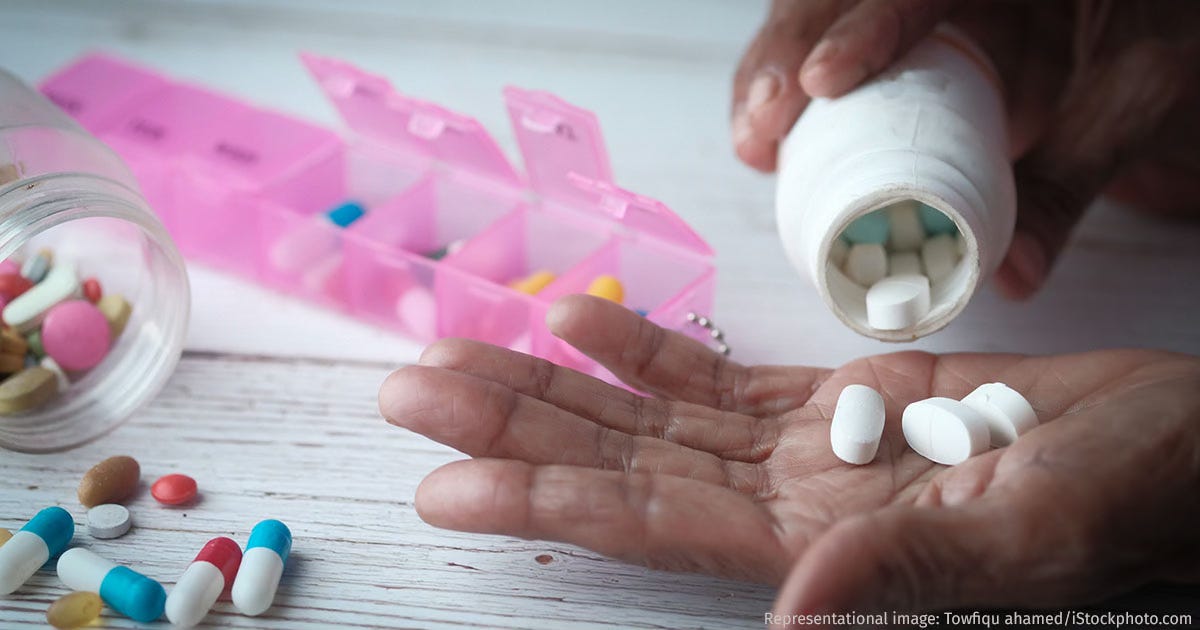India's Hidden Healthcare Crises
This week, how access to abortion is contingent on contraceptive history, why sepsis kills more people than cancer, and the gender skew in STEM courses
India's healthcare system faces critical challenges that intersect at the heart of public health delivery.
A pattern of stigma and coercion surrounds women seeking abortions, with medical professionals often making the procedure conditional on contraception choices—a practice that disproportionately impacts marginalized communities. Meanwhile, sepsis emerges as a silent killer, claiming three in ten deaths nationally and exposing deep-rooted gaps in infection control in hospitals and antimicrobial stewardship.
Elsewhere, in a concerning gender disparity that threatens technological innovation, women's enrollment in engineering courses has declined even as their overall higher education participation surges, highlighting persistent societal barriers in STEM fields.
In a stark illustration of how India's healthcare system continues to stigmatize reproductive choices, women seeking abortions face persistent judgment, coercion, and systemic barriers tied to contraception use. In intimate personal accounts from across the country, a troubling pattern emerges of medical professionals questioning, shaming, and even denying care to women based on their contraceptive history—with particularly harsh treatment reserved for those from marginalized communities.
The story of Radhika from Delhi, who faced disparaging comments from her doctor after missing a single contraceptive pill, illuminates a broader institutional bias. More concerning are cases like that of Chhaya from Raipur, who endured six secret abortions after a failed sterilization surgery, and Ramabai Meena, a tribal woman denied abortion after another sterilization failure—two cases that reveal how the system's fixation with permanent contraception often overrides women's autonomy and health needs.
While government guidelines explicitly state that "no contraceptive is 100% effective" and that abortion services should never be denied regardless of contraception status, the reality on the ground is different. Healthcare providers frequently make abortion conditional on accepting long-term contraception or sterilization, reflecting deep-rooted class and caste prejudices in medical practice. These systemic failures particularly impact poor and marginalized women, who often lack the resources to challenge such discrimination or seek alternative care. Menaka Rao reports, in the third of a four-part series supported by the Pulitzer Center.
Despite significant growth in women's enrolment in higher education in India between 2013-14 and 2021-22, engineering and technology fields reveal a concerning trend. While female participation in undergraduate courses has surged 46% overall, engineering saw a 1.35% decline, with postgraduate engineering enrollment plummeting 43%.
The pattern reflects deeper systemic challenges, from societal conditioning to workplace discrimination. Government initiatives like Atal Tinkering Labs and state-specific STEM programs aim to address this gap, yet barriers persist. Women comprise only 29% of STEM graduates entering the workforce, facing challenges that range from wage disparities to inflexible work environments. Experts warn that this gender imbalance not only perpetuates stereotypes but also threatens economic growth, with the Asia Pacific region potentially facing significant labor shortages by 2030. Prachi Salve delves into the data.
Despite its treatable nature, sepsis remains a major healthcare challenge in India, causing three in 10 deaths as of 2017—significantly higher than the global average of one in five. Recent data from the George Institute for Global Health reveals a grim reality: half of ICU patients across 35 facilities had sepsis, with a 27.6% mortality rate.
To address this crisis, nineteen tertiary care institutions have launched a national sepsis registry to gather India-specific data on prevalence, causes, and treatment outcomes. Initial findings from 1,172 patients show a 36.3% mortality rate, higher than Western averages of 20%. The challenge is compounded by irrational antimicrobial use, inadequate infection control in hospitals, and low public awareness. Experts emphasize the urgent need for improved antibiotic stewardship, better diagnostic facilities, and increased public education about early warning signs. Charu Bahri reports.
For IndiaSpend Hindi, Alka Berbele delves into a new report and finds that one in every four heatstroke victims ends up unemployed.
When you consider that heatstrokes are on the rise thanks to increasing temperatures, and that a majority of the sufferers tend to be underprivileged day workers, the situation is dire: unemployment due to heatstroke is affecting the most financially vulnerable segment of the population.






